Tea Time For Us (Page Four)

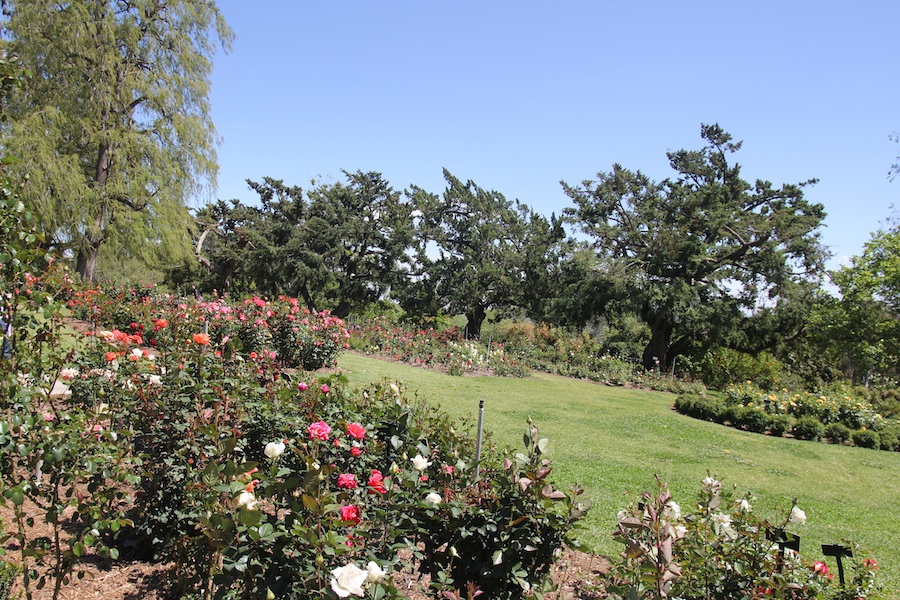
The rose garden was in full bloom

The climbing roses were on their way across the top
Did You Know? - It is believed that roses were grown in all the early civilizations of temperate latitudes from at least 5000 years ago. They are known to have been grown in ancient Babylon. Paintings of roses have been discovered in Egyptian pyramid tombs from the 14th century BC. Records exist of them being grown in Chinese gardens and Greek gardens from at least 500 BC.

What are they doing here???
Did You Know? - The derivation of the Latin narcissus (from the ancient Greek ?????????) is unknown. It may be a loanword from another language. It is frequently linked to the Greek myth of Narcissus, who became so obsessed with his own reflection that as he knelt and gazed into a pool of water, he fell into the water and drowned. In some variations, he died of starvation and thirst.
In both versions, the narcissus plant sprang from where he died. However, there is no evidence for this popular derivation, and the person's name may have come from the flower's name. Pliny wrote that the plant was named for its narcotic properties (?????? narkao, "I grow numb" in Greek).
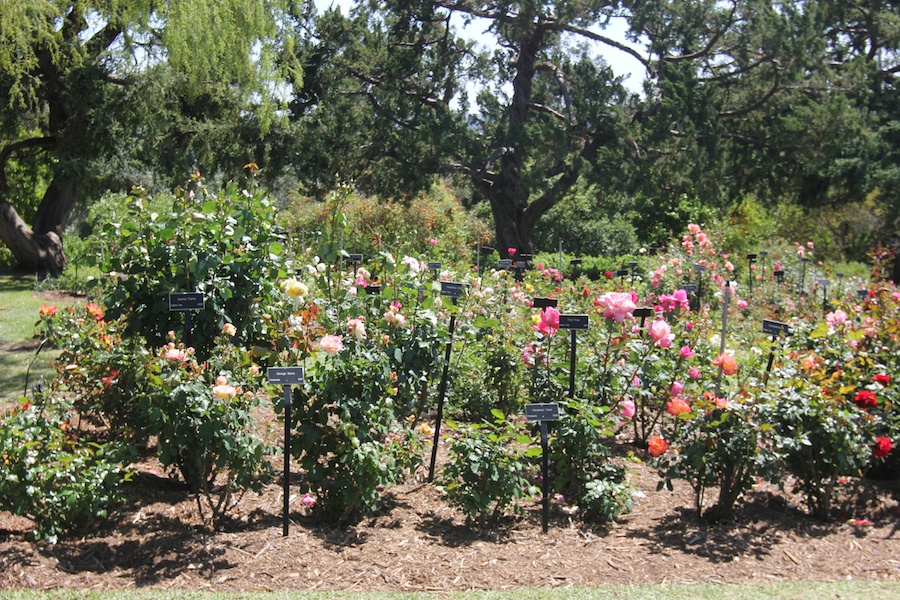
Another month, this will be a quilt of color

Just beautiful

Here comes Greg
We Arrive At The Rose Garden Tea Room
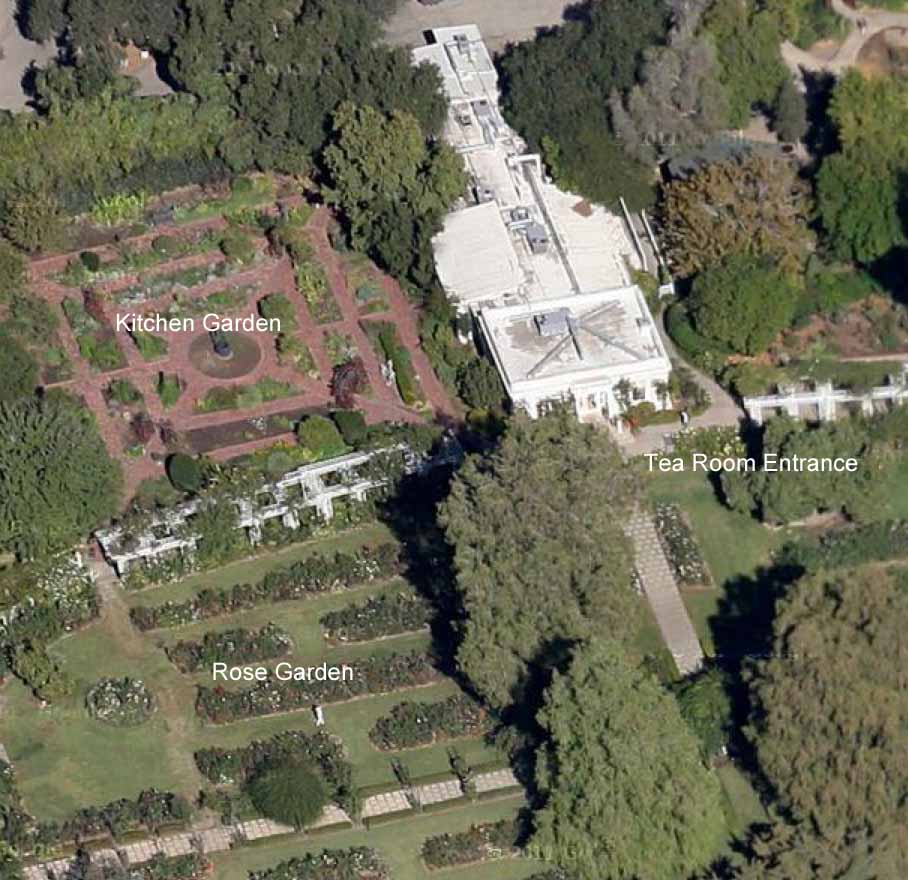

"Does this connect to my iPhone??"
-
No Nancy, it is a muselet

"Paul - Order another bottle so I can have matching ear rings"

A new style is established - muselet earrings
Did You Know? - A muselet is a wire cage that fits over the cork of a bottle of champagne , sparkling wine or beer to prevent the cork from emerging under the pressure of the carbonated contents.
It derives its name from the French museler, to muzzle. The muselet often has a metal cap incorporated in the design which may show the drink maker's emblem. They are normally covered by a metal foil envelope. Muselets are also known as wirehoods or Champagne wires.
When champagne was first produced the pressure of the sparkling wine was maintained by wooden plugs sealed with oil-cloth and wax. This method proved inconsistent either from leaking or blowing out of the stopper and a method of restraining the corks using cord was developed.
In 1844 Adolphe Jaqueson invented the more secure method involving steel wire, however the early muselets were not easy to install and proved a little inconvenient to open.
Further developments led to the modern muselet which is made of steel wire twisted to add strength and with a small loop of wire twisted into the lower ring which can be untwisted to release the pressure of the muselet and give access to the cork.

Tea time...
GREG! We said "tea"...

"Oops... I picked up the wrong glass"

Smiles and giggles

What are these
two up to???

Just one more glass.... hic!

Paul shows his snile....

Enjoying life




We lost powerin the Tea Room several times....
We Head For The Kitchen Garden

Fountain Plant....Yes... Artichokes
Did You Know? - The globe artichoke (Cynara cardunculus var. scolymus) is a cultivated variety of a species of thistle. It is cultivated as a food. The edible matter is buds that form within the flower heads before the flowers come into bloom.
The buds go away or change to a coarse, barely edible form when the flower blooms. The uncultivated or wild variety of the species is called a cardoon. It is a perennial plant native to the Mediterranean region.
In the United States, California provides nearly 100% of the U.S. crop, and about 80% of that is grown in Monterey County; there, Castroville proclaims itself to be "The Artichoke Center of the World", and holds the annual Castroville Artichoke Festival.
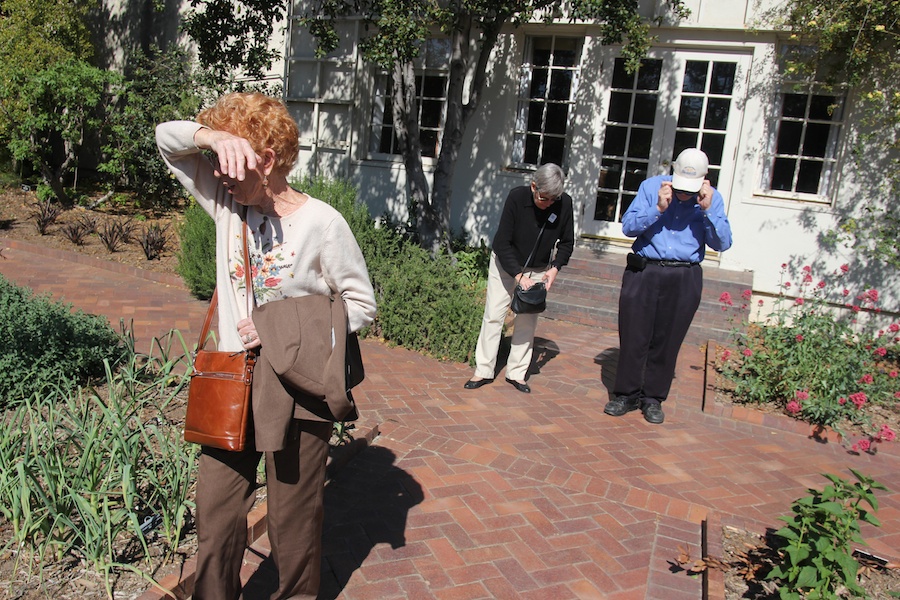
The sun was bright after being inside for an hour...
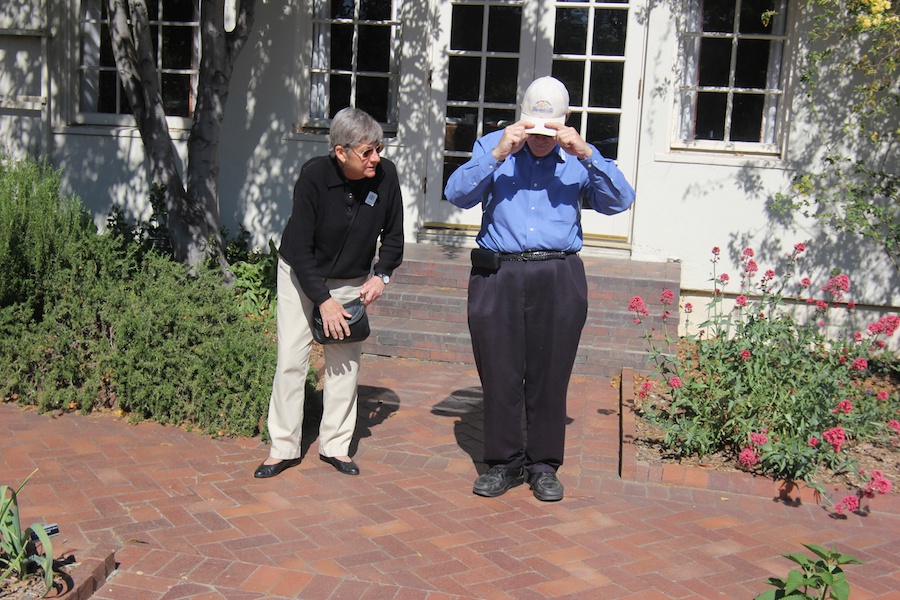
Oh... and the wind was blowing

Edible flowers only

The garden was looking great


We left via the side door...

Lettuce anyone???

Figuring out which is what... It's a puzzle
Did You Know? - Lettuce (Lactuca sativa) is an annual plant of the aster or sunflower family Asteraceae. It is most often grown as a leaf vegetable, but sometimes for its stem and seeds.
Lettuce was first cultivated by the ancient Egyptians who turned it from a weed, whose seeds were used to produce oil, into a plant grown for its leaves. Lettuce spread to the Greeks and Romans, the latter of whom gave it the name "lactuca", from which the English "lettuce" is ultimately derived.
By 50 AD, multiple types were described, and lettuce appeared often in medieval writings, including several herbals. The 16th through 18th centuries saw the development of many varieties in Europe, and by the mid-18th century cultivars were described that can still be found in gardens.
Europe and North America originally dominated the market for lettuce, but by the late 1900s the consumption of lettuce had spread throughout the world.

"Yo.... Greg.... No picking!"

Magnificent

The arbor was just taking off

Another month it will be beautiful

How red is your rose?

The sky was amazing today
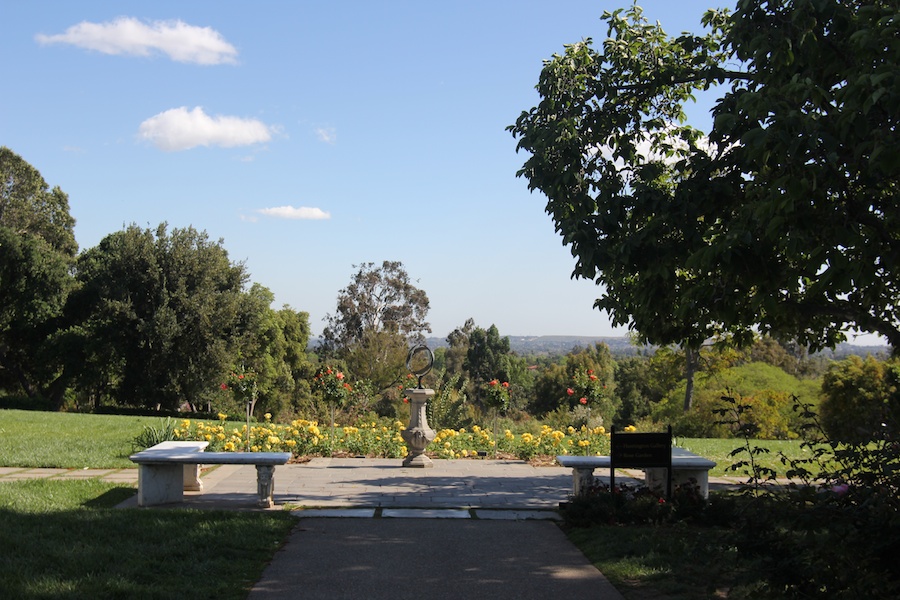
Some dust in the sky due to the high winds

We meander down the path

The grape arbor had baby grapes already

Our goose was still here
To The Cactus Garden


What a change in scenery

Aloe Vera

Euphorbia Horrida Milk Barrel, Mammillaria geminispina, Golden barrel cactus, echinocactus grusonii,
Huntington Library Desert Garden, 032

"Careful of that one... it bites"

Organ pipes

"Remember... Stay on the path"


Cactus is amazing in its colors


This puppy needs a hair cut...

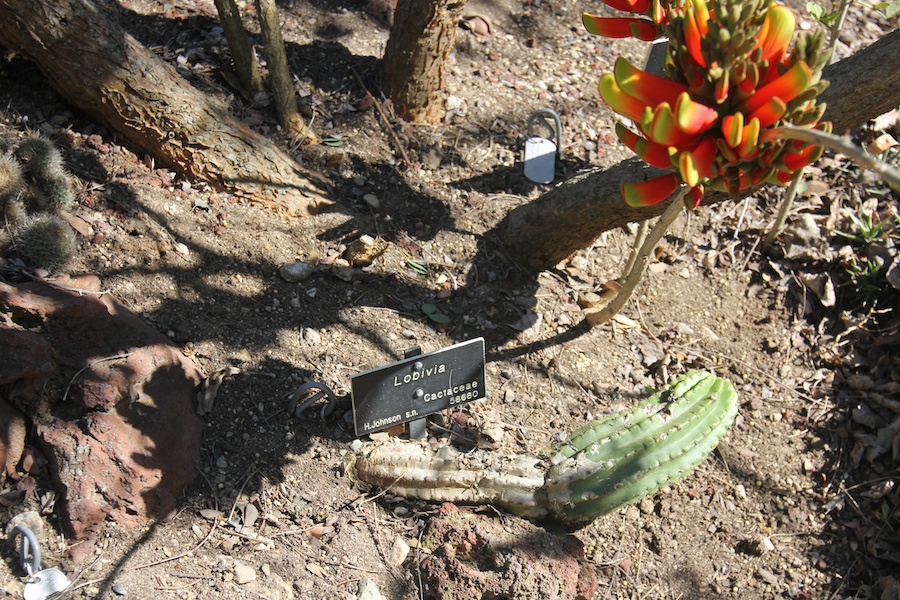


Candy corn



Roll out the barrel... We will have a barrel of fun!

Amazing greens



It almost looks plastic


Little ones being born
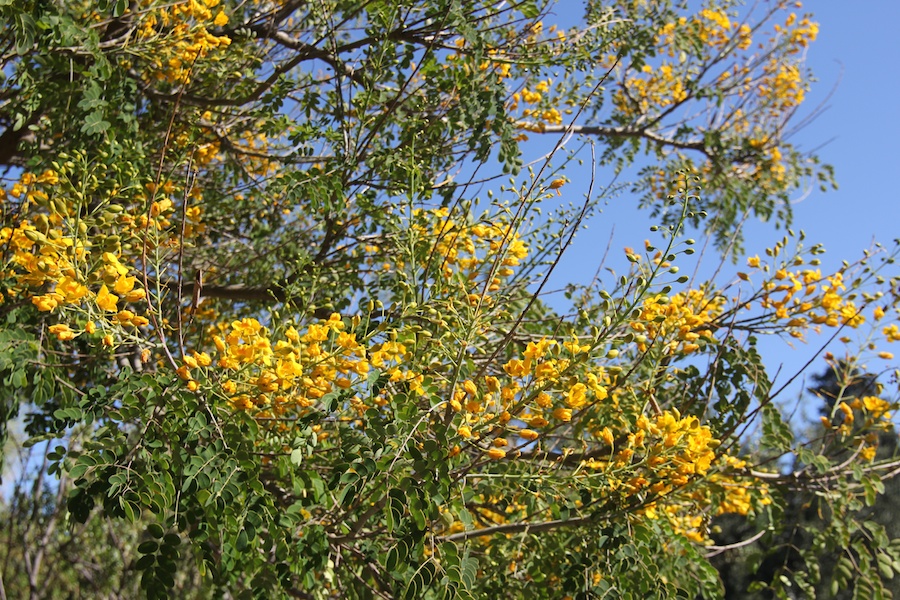
Yellow in one direction
![]()
Purple in the other
![]()
![]()
Reds reds reds


Do not forget the orange

Century plant
Did You Know? - The misnamed century plant typically lives only 10 to 30 years. It has a spreading rosette (about 4 m/13 ft wide) of gray-green leaves up to 2 m (6.6 ft) long, each with a spiny margin and a heavy spike at the tip that can pierce to the bone.
When it flowers, the spike with a cyme of big yellow flowers may reach up to 8 m (26 ft) in height. Its common name likely derives from its semelparous nature of flowering only once at the end of its long life. The plant dies after flowering, but produces suckers or adventitious shoots from the base, which continue its growth.

On the prowl

Ground cover

Ice plant
Did You Know? - The family Aizoaceae or Ficoidaceae (fig-marigold family or ice plant family) is a taxon of dicotyledonous flowering plants containing 135 genera and about 1900 species. They are commonly known as stone plants or carpet weeds. Species that resemble stones or pebbles are sometimes called mesembs. Several species are known as "ice plants".

His tummy is really full


![]()


Mountains of purple
We Walk Through Australia On The Way To The Entrance

Lilly pad lake
Did You Know? - The beautiful nature of water lilies has led to their widespread use as ornamental plants. The Mexican water lily, native to the gulf coast of North America, is planted throughout the continent.
It has escaped from cultivation and become invasive in some areas, such as California's San Joaquin Valley. It can infest slow moving bodies of water and is difficult to eradicate.
Populations can be controlled by cutting top growth. Herbicides can also be used to control populations using glyphosate and fluridone.
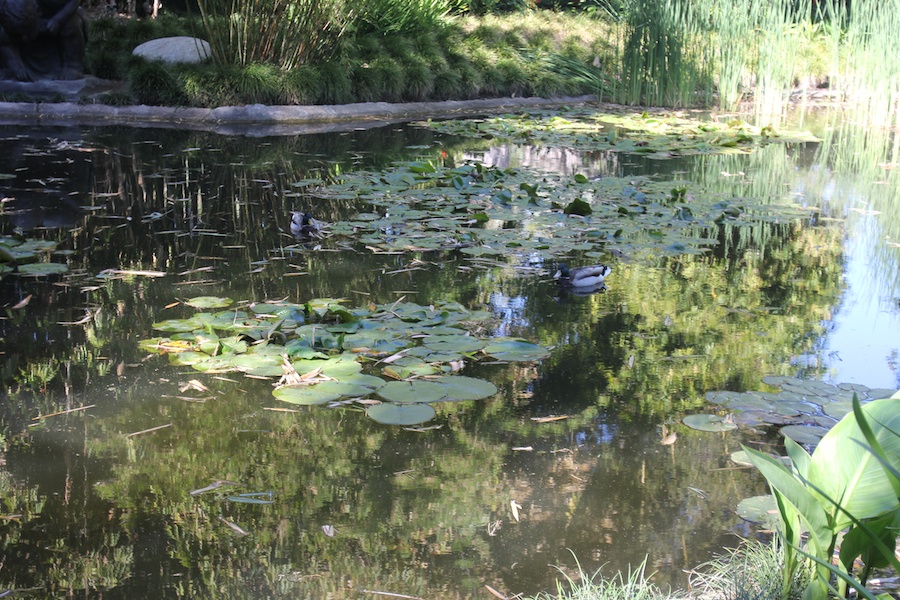


Do you see the turtle??



Mr. Goose is looking for a fish dinner

"Ah ha... I like the orange ones"



Yes... We are walking up hill

The naked lady... We kept Sue, Carri, and Nancy away from the water....


Almost home


The Silver Streak awaits us for the magic carpet ride home


